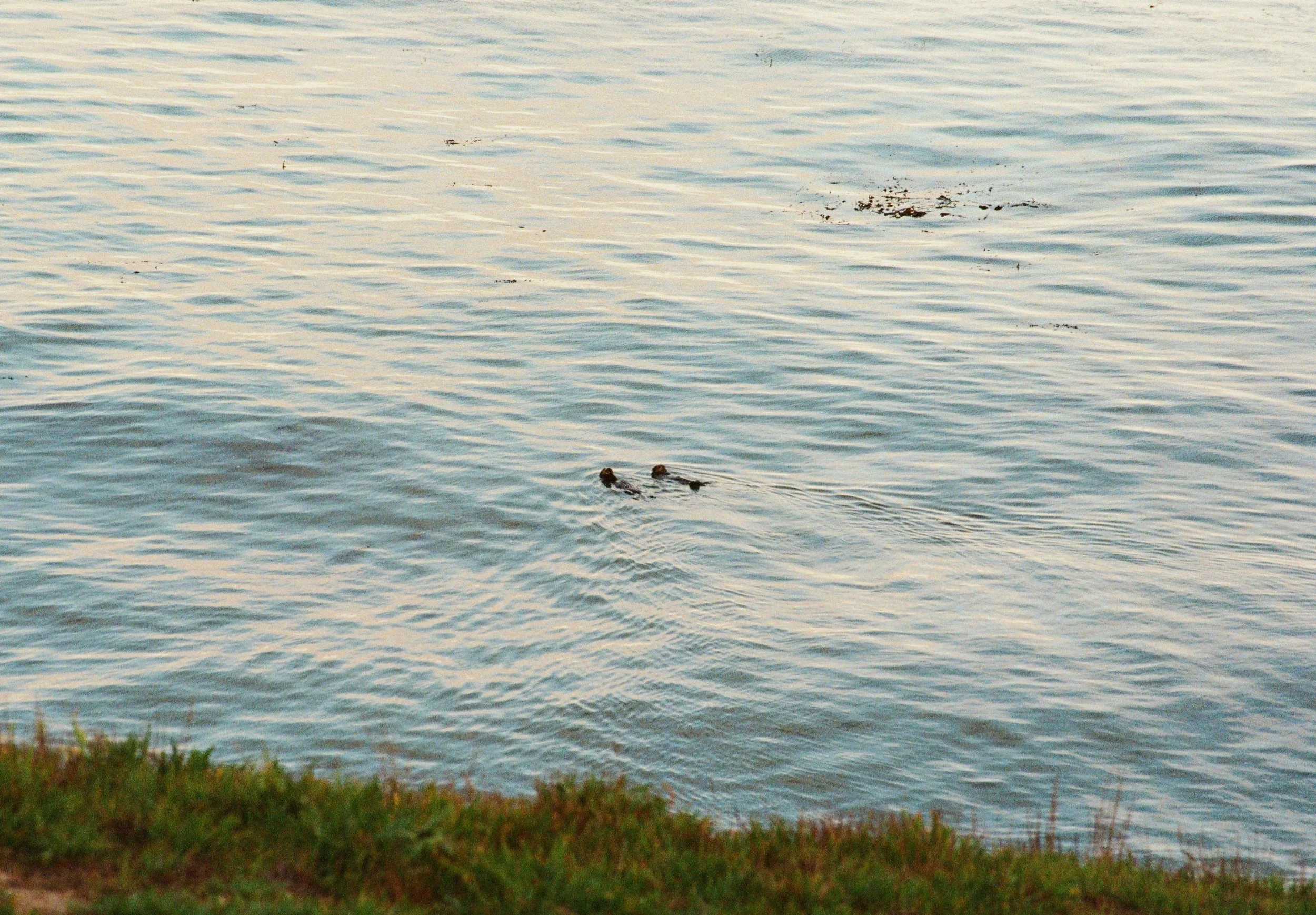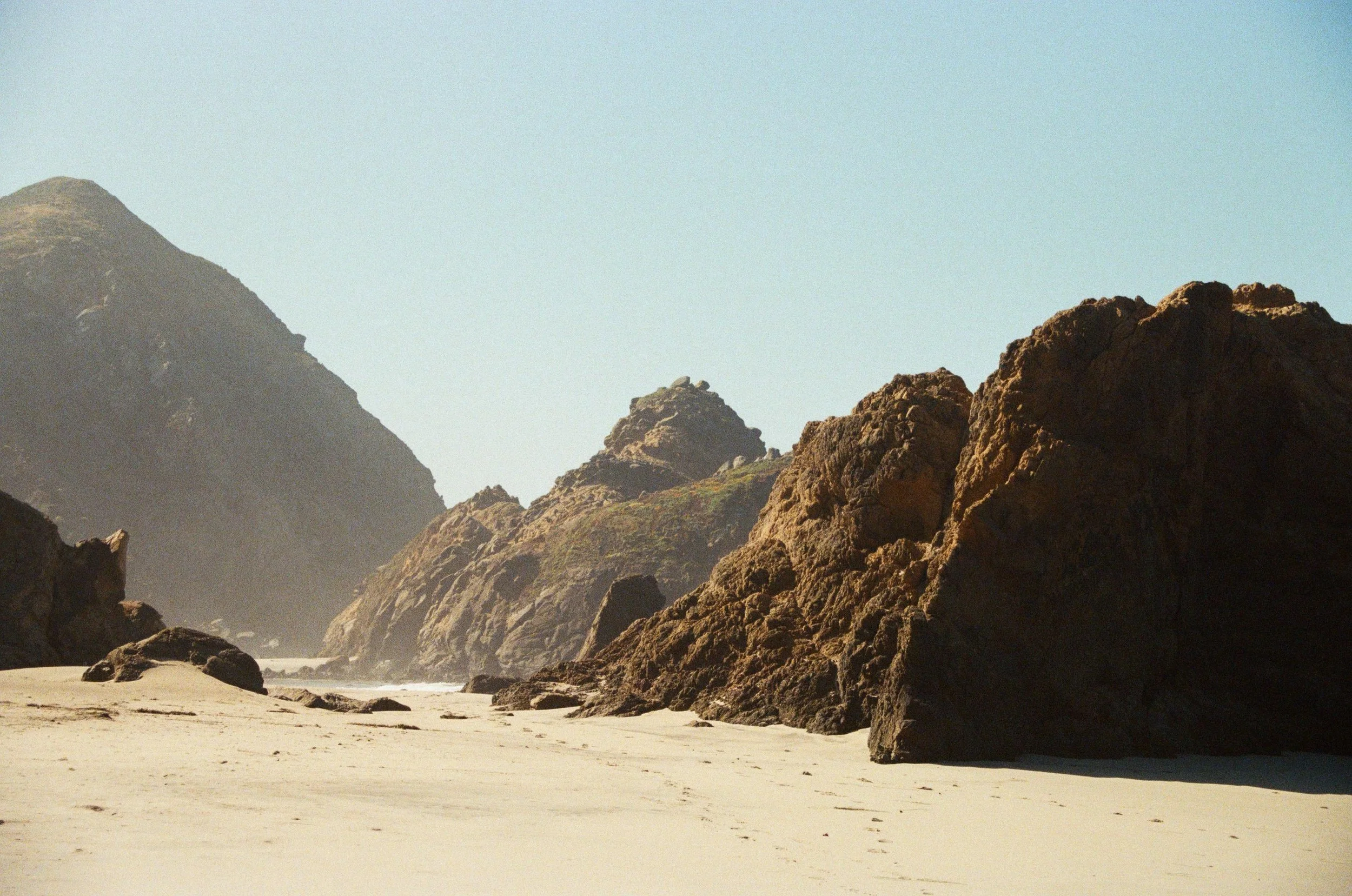
Are We But Sea Urchins?
Sea urchins run a basic program: eat kelp to survive and reproduce, avoid predators, and hunker down when food is scarce. Remove those predators and the program runs unchecked—urchins overgraze and kelp forests collapse into low-diversity “urchin barrens.”
Much like urchins, our economy contains single-directive systems. A C-corporation is engineered to maximize shareholder value; a private-equity fund targets returns; an ad algorithm chases clicks. Unlike people—who weigh compassion, fear, status, love—these structures follow narrow directives reinforced by law, contracts, and incentives. Without counterweights, they can “optimize” past the public good—like an unchecked species overrunning its habitat.
Zooming out, our species-level systems are behaving similar to unchecked sea urchin populations. Humanity has lived beyond the planet’s regenerative capacity since the early 1970s; by some estimates we now use roughly 1.8 Earths to sustain our demands. Average vertebrate wildlife populations have fallen by 73% since 1970, and over one million species are at risk of extinction. We are living through a sixth mass extinction—compressed into mere centuries, whereas the previous five unfolded over tens of thousands to millions of years.
It wasn’t always this way. For most of human history, many societies lived in reciprocity with the Earth—hunting, gathering, and cultivating food in ways that sustained both people and land. What changed? Colonization, industrialization, and an economy built on extraction recast the planet as a storehouse to be emptied. In the West, even the idea of ‘nature’ as something separate from humanity is a relatively modern invention. Before the scientific revolution of the 16th–17th centuries, nature was commonly understood to include humans—it wasn’t conceived as a realm apart.
Our legal systems, however, were built on that mechanistic worldview: nature reduced to separate parts, property to be owned, used, and traded. Today, science reveals a different reality—the world is an interdependent web of relationships, not isolated pieces.
Rights of Nature (RoN) offers a pragmatic framework to realign human systems with the living world. By recognizing ecosystems as legal entities with the rights to exist, thrive, and evolve, RoN challenges the assumption that nature is mere property. It doesn’t replace the need for cultural, economic, and spiritual change, but it gives communities a concrete tool to defend places they love, hold polluters accountable, and embed ecological reciprocity into governance.
We’ve granted corporations robust rights and protections, and under their single-directive they can devour ecosystems like an unchecked urchin swarm. Recognizing legal rights for ecosystems adds the missing counterweight—like reintroducing a keystone predator—to keep systems diverse and resilient. In practice, it’s the legal sea otter in the kelp forest: a check on overgrazing that helps restore balance.
Rights of Nature faces challenges. Under common law, nature is treated as property, while personhood and legal standing have traditionally been reserved for humans and human-made entities. We must decide who speaks for nature, how to enforce its rights, and how to balance those rights against powerful economic interests. And because precedent slows legal change, these shifts take time.
Yet change is achievable. Expansions of rights once dismissed as impossible—abolition and civil rights, women’s suffrage, child-labor protections, disability rights, marriage equality—all faced fierce resistance before becoming common sense. Our system already grants legal standing to nonhuman entities like corporations, trusts, and universities, that would otherwise be voiceless, so it is congruent to extend the same recognition to living ecosystems.
And change is unfolding. Rights of Nature has been written into law in countries such as Ecuador, Bolivia, New Zealand, Uganda, Panama, and Spain—as well as by roughly 50 cities and tribal nations in the United States, including Santa Monica, Ojai, and the Yurok Tribe. The framework has already been used to block unsustainable mining in the Los Cedros Cloud Forest and at Cobre Panamá, to protect wild rice in Minnesota, and to recognize the rights of every river in Bangladesh—alongside many other cases worldwide. View the timeline.
So why should the people of Santa Cruz adopt Rights of Nature?
Because it’s our turn to grow this movement—and to give our community stronger tools to protect both our health and the health of the ecosystems we depend on. Rights of Nature would make companies directly accountable for pollution and ecological damage, pushing them toward long-term, sustainable solutions that work in harmony with nature.
Consider recent examples: fertilizer contamination of Salinas Valley aquifers from industrial agriculture, or toxic heavy metals released into the Moss Landing slough during the battery fire. Under today’s legal system, cases like these often struggle to move forward because they hinge on proving direct harm to human health. With Rights of Nature, the aquifers and the slough themselves would have legal standing, ensuring that corporations can be held accountable for harming the ecosystems that sustain us all.
Right now, we are exploring how to bring Rights of Nature to Santa Cruz and the surrounding area—building on existing policies and strengthening them to help guide human activity into better alignment with the living world. Join us.
Get Involved
Interested in working together? Fill out some info and we will be in touch shortly. We can’t wait to hear from you!




